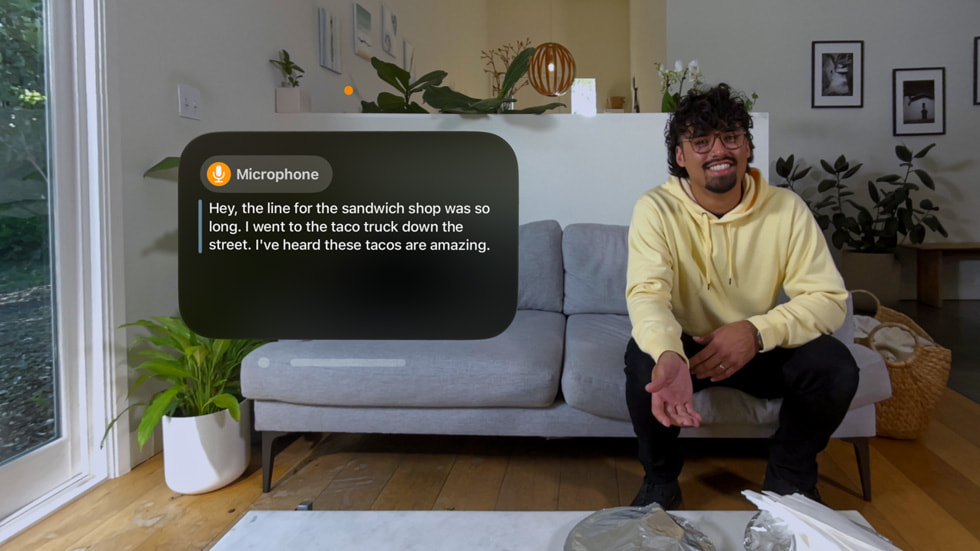Apple announced a whole bunch of accessibility features set to arrive later this year. This update focuses on empowering users with disabilities across iPhones, iPads, and CarPlay. A groundbreaking addition is eye tracking. Users can now control their devices entirely with their eyes using built-in AI. This eliminates the need for physical interaction and opens doors for individuals with limited mobility.
Apple is trying to create an inclusive ecosystem with these new features
Hearing-impaired users gain a new way to experience music with Music Haptics. The iPhone’s haptic engine translates music into taps, textures, and vibrations, offering a unique sensory experience. This feature will also be available to developers, potentially improving music experiences within apps.

Customizable voice commands empower users to create personalized sounds to trigger specific actions. This caters to those who struggle with remembering complex commands. Additionally, “Listen for Atypical Speech” enhances speech recognition for users with conditions like cerebral palsy.
For those prone to motion sickness, Vehicle Motion Cues displays animated dots that shift with the vehicle’s motion, reducing the sensory conflict that triggers nausea. CarPlay receives a significant accessibility upgrade with voice control, color filters for colorblind users, and sound recognition to notify hearing-impaired passengers of car alarms and sirens.
VisionOS, Apple’s smart glasses operating system, boasts system-wide live captions for all audio, ensuring everyone can follow conversations and understand app content effortlessly. FaceTime calls on VisionOS will benefit from real-time subtitles, enhancing communication.
These advancements, along with existing accessibility features, solidify Apple’s commitment to creating a technology ecosystem that empowers everyone. By addressing a wide range of disabilities, Apple is paving the way for a more inclusive future where technology serves as a tool for those who need it.
RELATED:
- Apple Doesn’t See iPads And Macs As Competitors, Reveals Its Plans Of Touchscreen MacBooks
- Apple’s Roadmap Until 2027 Surfaces Online in a Leak – iPhone SE 4 in 2025, Foldable iPhone in 2026
- Get $100 OFF on Xiaomi 14 Pro at Giztop (1TB Variant)
- REDMAGIC Magnetic VC Cooler 5 Pro now available at a discounted price at GeekWills
- How to hide WhatsApp chats without archive
(Via)






